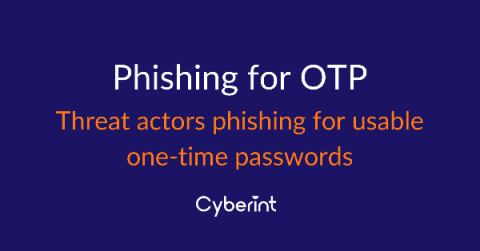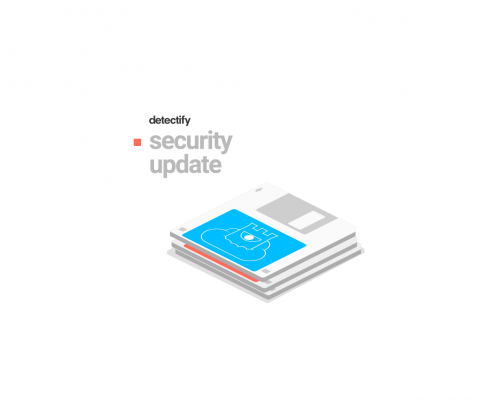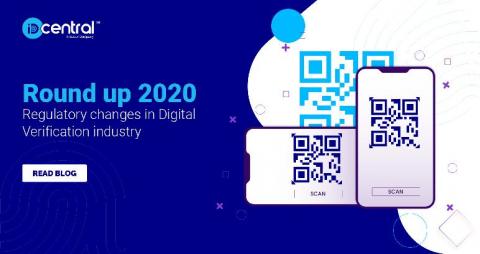SUNBURST Backdoor: What to look for in your logs now - Interview with an incident responder
Yesterday, FireEye published a report about a global intrusion campaign that utilized a backdoor planted in SolarWinds Orion. Attackers gained access to the download servers of Orion. They managed to infect signed installers downloaded by Orion users who had all reason to believe that the packages are safe and had not been tampered with. With this information out in the world, teams are scrambling to investigate if their environments are affected by this breach.











